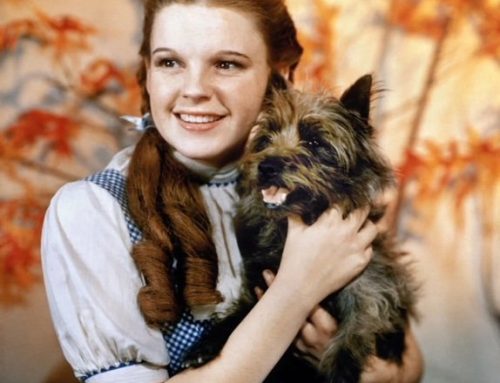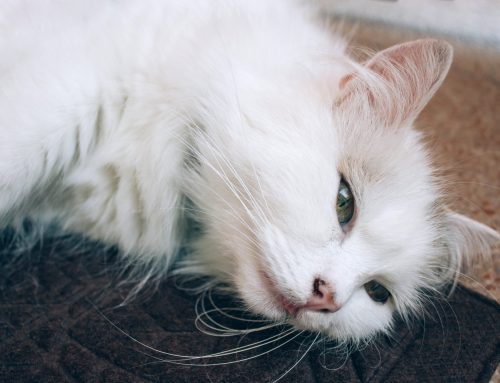It’s time to plant our gardens! Nothing like this time of year for every gardening enthusiast but how can we make sure our animals will be safe from anything from poisonous plants to harmful fertilizers and pesticides? Keep reading to find out.
The U.S. Food and Drug Administration has released an updated list of plants that are toxic to pets, including English ivy, hydrangea, foxglove, daylilies and daffodils.
How to Make Your Garden Safe for Your Animals in 5 Steps
1) Eliminate Hazardous Plants
Pets that eat poisonous plants can experience symptoms ranging from vomiting and diarrhea to cardiovascular collapse and even death. While a lush garden can make for a beautiful backdrop, it can also pose serious health risks. Certain common landscape plants, such as Azaleas and Daffodils, can be toxic if ingested by your pets. To ensure your pet’s safety, it’s crucial to identify and remove these troublesome plant species from your landscape.
2) Reconsider Bug Sprays
While garden sprays may be a quick solution to achieving a beautiful lawn or getting rid of pesky insects, it’s crucial to consider the potential impact they may have on your pets. Fertilizers and insecticides can be harmful to pets if ingested or inhaled, and can cause symptoms such as vomiting, diarrhea, and respiratory issues. Simply walking across a treated lawn or rolling in the grass can cause skin burns and irritation. The safest way to protect your pets is to avoid using these products altogether.
3) Reduce Flea and Tick Risks
While your outdoor space may be a haven for wildlife, it’s also a prime spot for fleas and ticks to thrive. These pesky insects pose a significant threat to your pet’s health, as they can transmit diseases such as Lyme disease. Cedarcide is a non-toxic solution to rid your yard of ticks and other bugs using natural oils of cedar and lemongrass.
4) Secure Your Compost Bin
Composting is a great way to reduce waste and enrich your soil, but it can also pose a danger to your pets if not done correctly. Foods that are safe for your pets to eat fresh may contain molds once they hit the compost heap, which can lead to severe illness if ingested.
Try to keep your bin in an area of the yard that is inaccessible to your pets, such as a locked shed or fenced-off section of the yard.
5) Choose Safe Mulch
Mulch is a popular landscaping material that can help retain moisture, reduce weed growth, and improve the appearance of your yard. However, some types of mulch can be dangerous to your pets if ingested.
Cocoa bean mulch, for example, contains theobromines, the same toxic ingredient found in chocolate. If ingested in large quantities, it can cause rapid heart rate, tremors, seizures, and even death in dogs.
May your yards be fruitful, and your family stay safe this gardening season!
Download this PDF for a handy reference to safe and toxic garden plants.
https://vitalityscience.com/wp-content/uploads/2023/04/Pet-Friendly-Plant-Guide.pdf







Plant Aconitum napellus is deadly to living creatures
Our yard is covered in poison ivy, and we spent the winter pulling it off of trees and pulling up the roots. Now that its leafed out again, we are pouring boiling water on it rather than spray it with toxic stuff. It takes a dozen or so boiling water baths, but if you keep dousing it each time leaves appear, it eventually dies. It was necessary to wear rubber boots, long sleeves and gloves, and I even threw out the gloves rather than take a chance on the urushiol surviving the laundry. What a pain this stuff is!